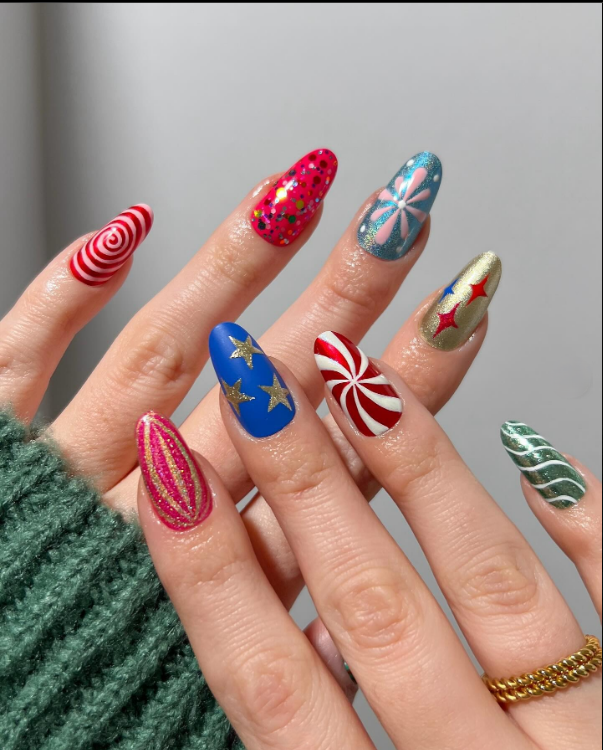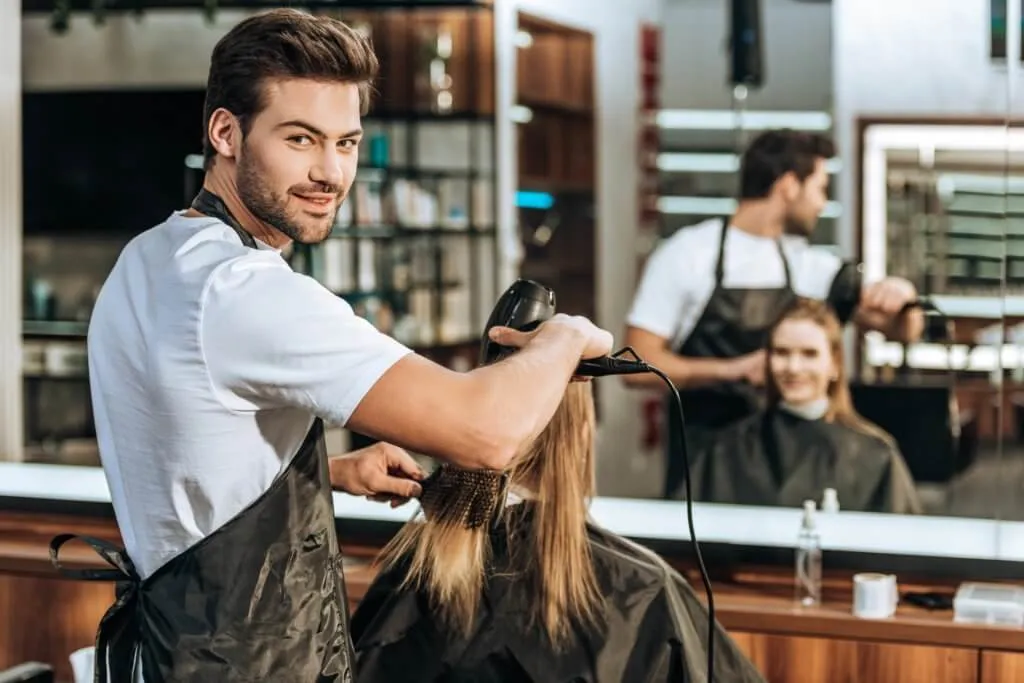
10 Plants You Should Never Deadhead: These Fading Flowers Are Better Left Alone
Deadheading is a popular gardening practice that involves removing spent blooms to encourage new growth and keep plants looking neat. However, not all plants benefit from this approach. Some are better left alone, as their fading flowers provide ecological benefits and enhance the beauty of your garden in unexpected ways. Here are ten plants that you should never deadhead and why they are worth leaving untouched.
1. Clematis
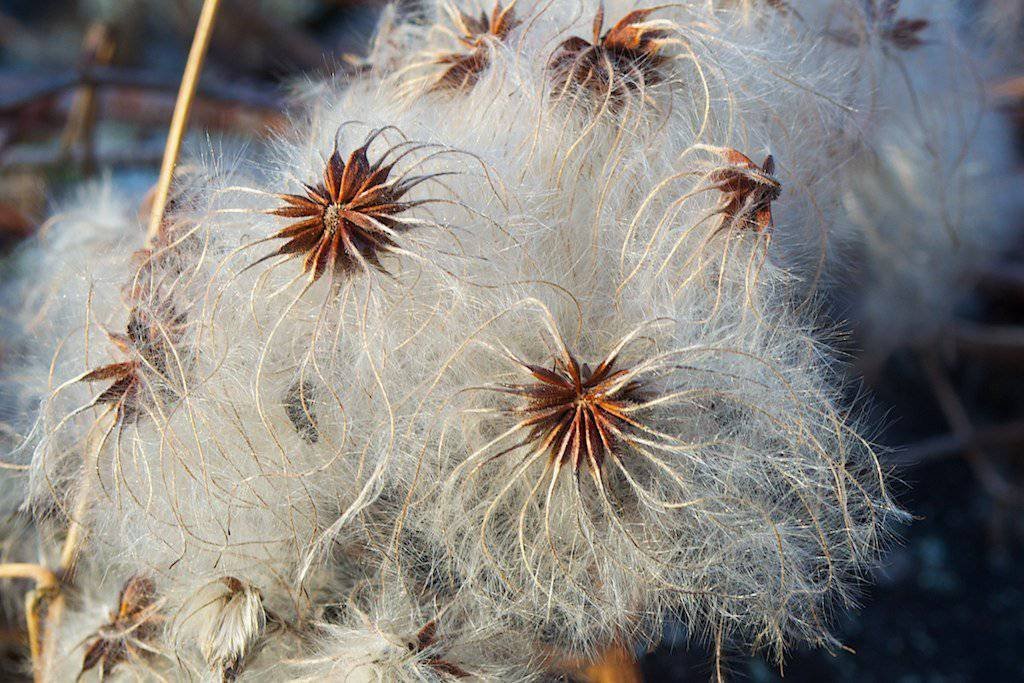
Why Not Deadhead? Clematis is a versatile climbing plant known for its large, vibrant blooms that can cover trellises, fences, and arbors. While deadheading can promote additional flowering in some varieties, many clematis species produce stunning seed heads that resemble fluffy, silvery tufts. These seed heads add unique visual interest to the garden, especially in the fall and winter months. Additionally, they serve as a food source for birds and can help in naturalizing the plants in your garden.
Garden Tip: To enjoy both flowers and seed heads, prune clematis selectively, focusing on tidying up rather than removing all spent blooms.
2. Rosemary
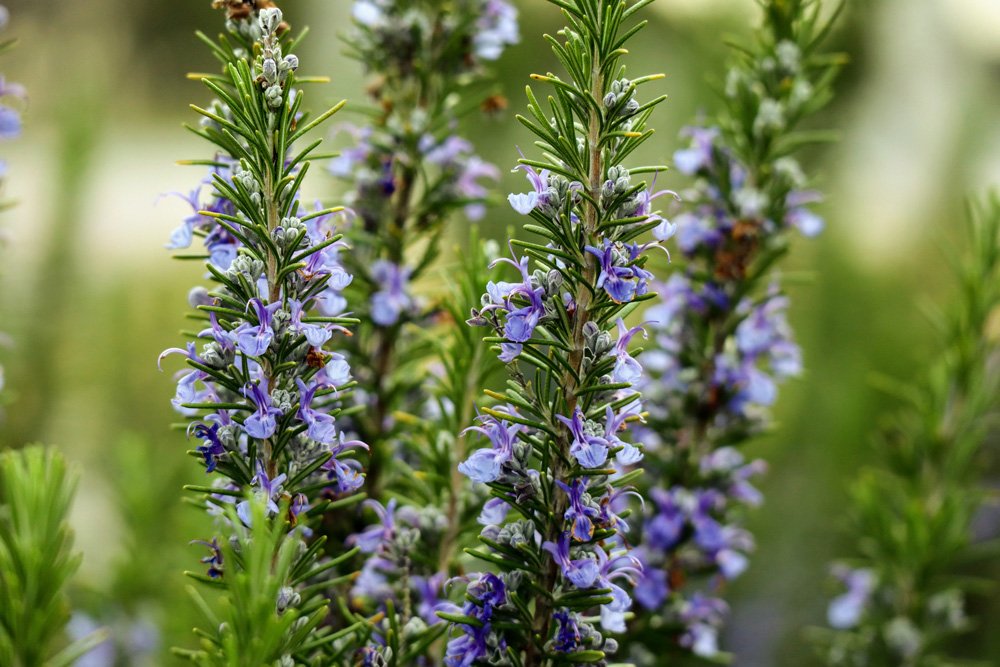
Why Not Deadhead? Rosemary is more than just a culinary herb; it’s a garden favorite for its fragrant leaves and delicate blue flowers. Deadheading rosemary can limit its appeal to pollinators like bees and butterflies. Allowing rosemary to flower and go to seed enhances its role as a beneficial plant for pollinators. The flowers also add a splash of color to your herb garden and can be used in arrangements.
Garden Tip: Prune rosemary lightly to shape the plant but leave most of the flowers intact to benefit wildlife.
3. Coneflowers
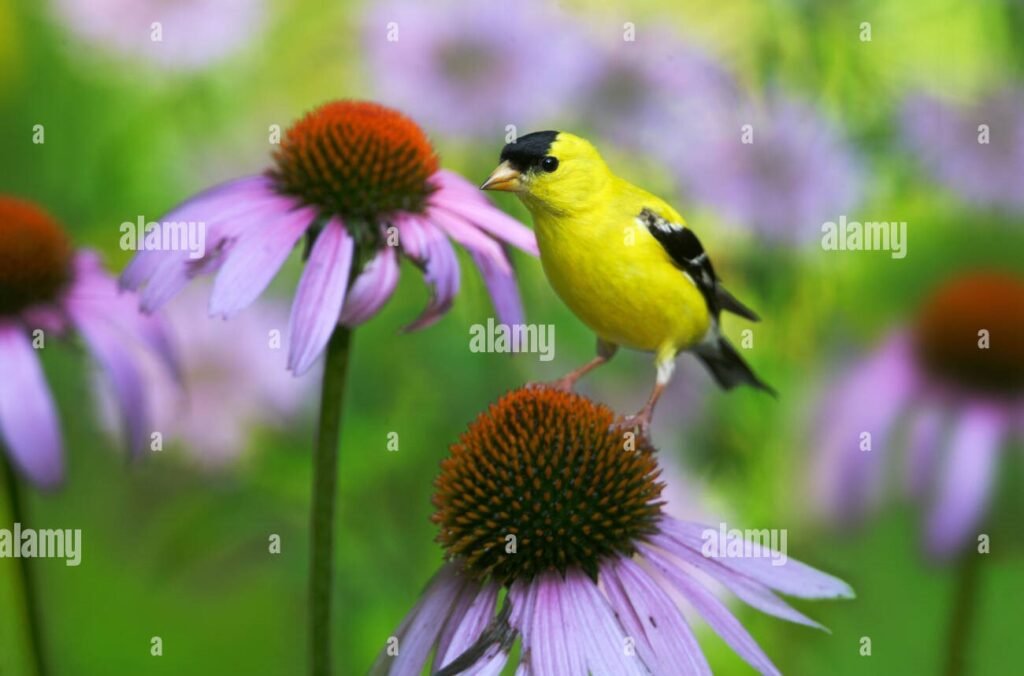
Why Not Deadhead? Coneflowers are loved for their daisy-like appearance and bright colors. As the flowers fade, they transform into prominent seed heads that are visually striking and rich in seeds. These seeds are a favorite snack for goldfinches and other seed-eating birds. By not deadheading coneflowers, you’re inviting a lively display of bird activity to your garden during fall and winter.
Garden Tip: Consider planting multiple coneflower varieties to extend the blooming period and maximize bird visits.
4. Sunflowers

Why Not Deadhead? Sunflowers are synonymous with summer and are known for their cheerful faces that track the sun. As the flowers mature, they develop large seed heads filled with nutritious seeds. These seeds attract a variety of birds, such as sparrows and chickadees, and can also be harvested for snacks or bird feeders. Leaving sunflower heads on the plants is a simple way to provide a natural food source and enjoy watching wildlife up close.
Garden Tip: Plant a mix of sunflower varieties, including some with smaller or multi-headed blooms, to prolong the season of interest.
5. Black-eyed Susans
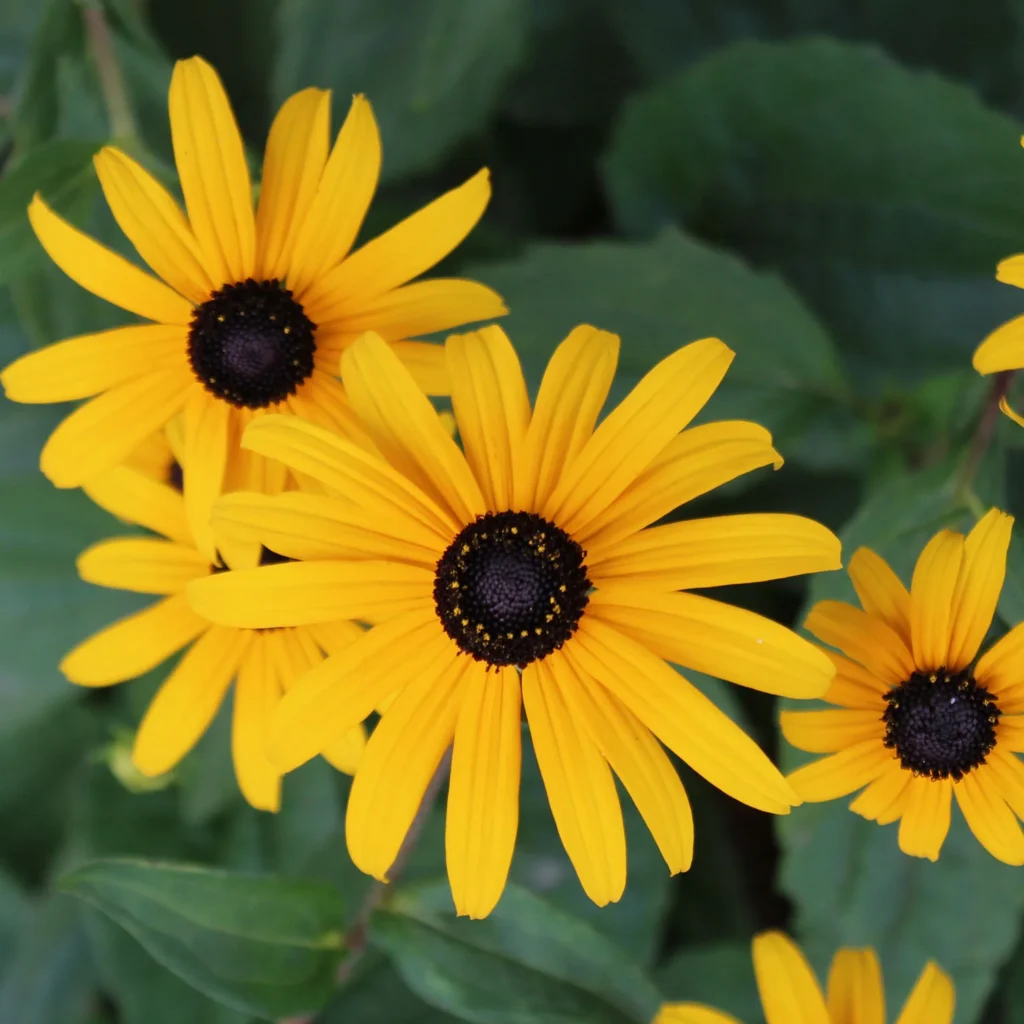
Why Not Deadhead? Black-eyed Susans are classic perennials with bright yellow petals and dark centers. After blooming, the seed heads mature and become a valuable food source for birds like finches and sparrows. The seed heads also contribute a rustic charm to your garden landscape, especially in winter when they catch the frost and add texture to the barren garden.
Garden Tip: Let the seed heads remain through the winter, then cut them back in early spring to encourage fresh growth.
6. Hellebores

Why Not Deadhead? Hellebores, or Lenten roses, are early-blooming perennials that thrive in shady spots. Their flowers have a unique beauty that lasts for weeks, eventually turning into ornamental seed pods. These pods not only look attractive but also promote self-seeding, leading to natural colonies of hellebores over time. Deadheading can disrupt this self-seeding process, so leaving the flowers to mature is beneficial.
Garden Tip: Allow hellebores to self-seed to create a naturalized look in shaded areas of your garden.
7. Milkweed

Why Not Deadhead? Milkweed is essential for monarch butterflies, serving as both a nectar source and a host plant for their caterpillars. By not deadheading milkweed, you ensure the plants produce ample seed pods, which can help expand the population of this critical plant. More milkweed means more habitat for monarchs and other pollinators, supporting biodiversity and conservation efforts.
Garden Tip: Collect and sow milkweed seeds in the fall to establish new plants and support the monarch population.
8. Lavender
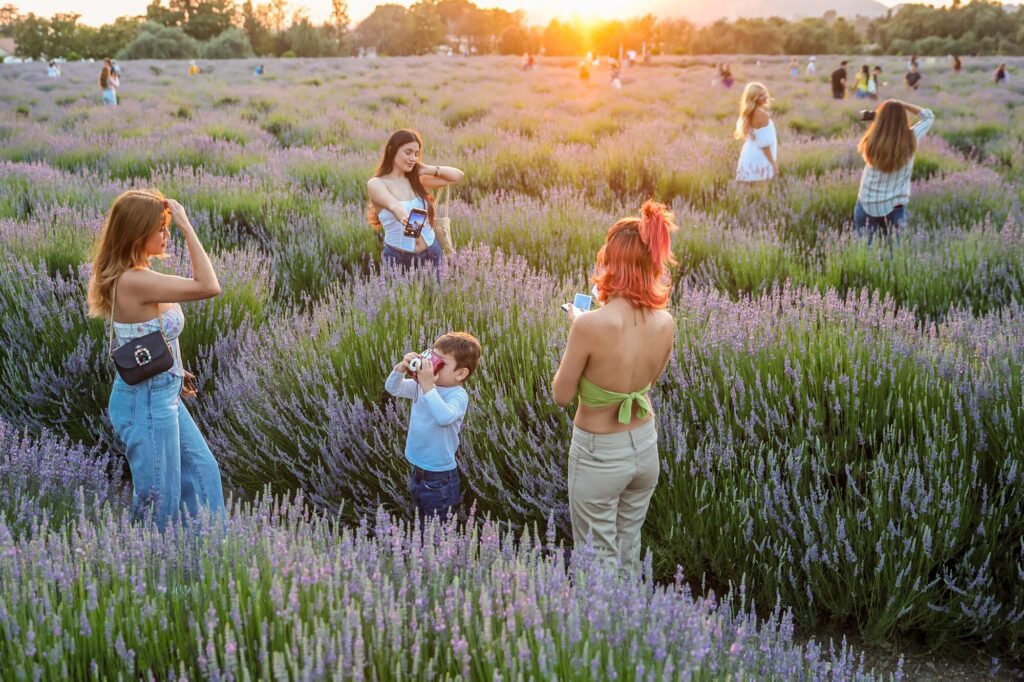
Why Not Deadhead? Lavender is beloved for its soothing scent and attractive purple blooms. Once the flowers fade, they continue to exude fragrance and can be harvested for dried arrangements, sachets, or culinary use. Leaving the flowers to dry on the plant also allows bees and other pollinators to continue visiting your garden, making it a haven for beneficial insects.
Garden Tip: Prune lavender after the flowers have fully bloomed to maintain the plant’s shape and encourage dense growth.
9. Goldenrod
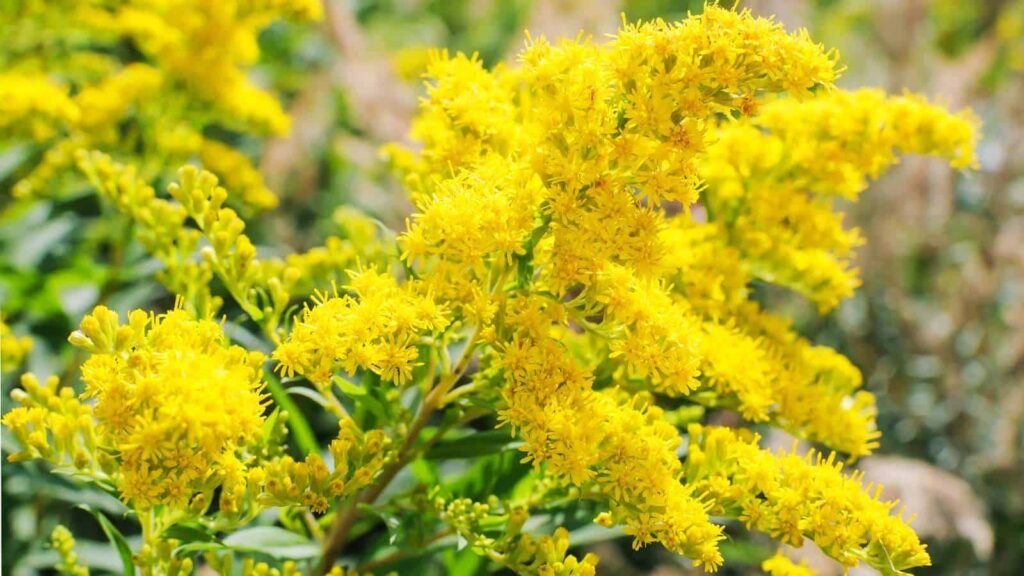
Why Not Deadhead? Goldenrod is often misunderstood as a weed, but it’s a valuable late-season bloomer that provides nectar for bees, butterflies, and other pollinators. Its tall, golden flower spikes can turn into seed heads that feed birds and support beneficial insects. By leaving goldenrod unpruned, you enhance your garden’s ecological health and enjoy its bright color when other plants have faded.
Garden Tip: Incorporate goldenrod into mixed borders or naturalized areas to benefit from its pollinator-friendly properties.
10. Sedum
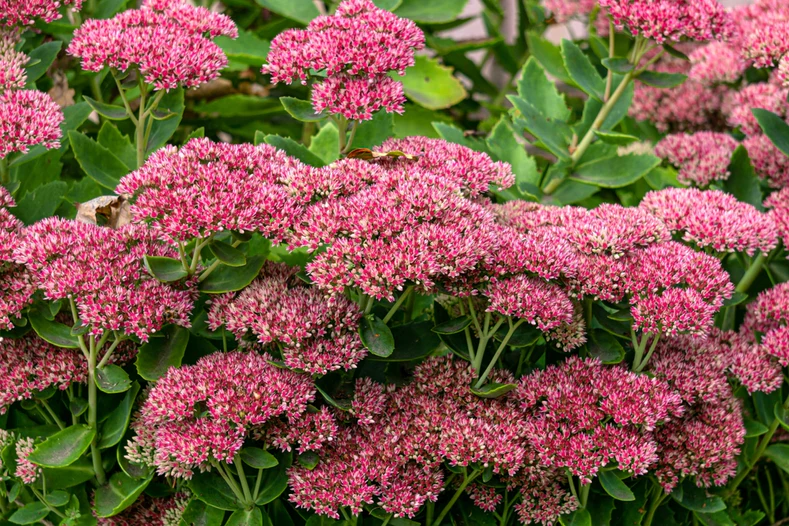
Why Not Deadhead? Sedum, or stonecrop, is a hardy succulent that comes in various shapes and sizes. Its star-shaped flowers are followed by seed heads that add winter interest to the garden. These seed heads persist through cold months, offering shelter for insects and a unique texture to your winter landscape. Deadheading sedum removes these benefits, so let them enjoy their full seasonal cycle.
Garden Tip: Use sedum in rock gardens or as ground cover to take advantage of its drought tolerance and year-round appeal.
Leaving these plants unpruned can enhance your garden’s ecological balance, provide food for wildlife, and create an aesthetically pleasing environment. For more gardening tips and advice, explore our website and discover how to cultivate a garden that thrives naturally.




